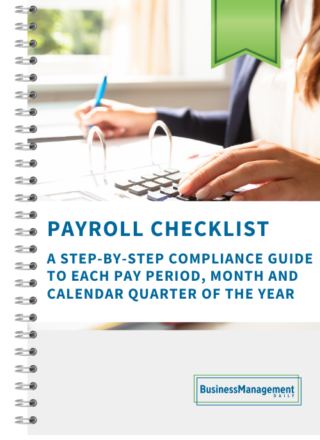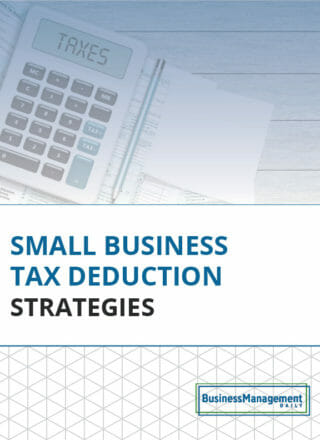W-4s: Clearing up employee confusion on the revised form
Someone asked recently if we have a one-page document explaining the revised W-4 that HR can provide to new employees who may not have filed a W-4 in years. We’ve combed our archives and, while we’ve written extensively about the revised form over the last couple of years, nothing comes close to a one-pager because, well, the form is complicated.
While the form’s many nuances make it easy to get bogged down and in the weeds, we’ve opted here to focus on some important general aspects and highlights that cause confusion.
It’s important not to give employees tax advice; you must let them fill out the form themselves. However, providing some general assistance/guidance on decoding the form is ok.
Parts 1 and 5
Parts 1 and 5 aren’t any different from the old, half-page form.
In Part 1, you write in your name, address, and Social Security number and check a box to indicate your tax status.
In Part 5, you sign the form under penalties of perjury.
Employees can stop right there, if they choose. Their withholding will be based on the standard deduction, with no other adjustments. Depending on their overall income, they may be under-withheld (e.g., they haven’t accounted for large capital gains) or over-withheld.
Part 2
Employees could adjust their withholding on the old form to account for multiple jobs, itemized deductions, dependents, unearned income, or working spouses by adjusting their withholding allowances up or down. It was imprecise, but easy to do. Or they could use the worksheets accompanying the form.
We have no idea how many employees actually took either of these options, but based on our experience, it wasn’t many. Most employees just left their W-4s alone, even after they married and had kids, as a hedge against under-withholding, or because they thought it was too much of a hassle, or because they just forgot about them.
Part 2 upends this practice, but is limited to employees with outside earned income. The language seems to be mandatory. It’s not. But employees with more than one job and especially dual-income couples who don’t complete it, will be under-withheld.
Part 2 offers employees three options and it’s up to them to choose. Just like on the old forms, if employees complete the worksheets accompanying the form, the spouse with the higher income should complete it.
Employees who complete this step write in the amount in Step 4(c).
Part 3
Part 3 is also optional, although there’s no wording on the form to say so. Instead of adjusting their withholding allowances, employees account for their dependents here. This lowers their withholding.
Employees who claim dependents multiply the number of kids by $2,000 and write the result.
Part 4
Oddly enough, Part 4 says it’s optional.
Employees who have unearned income—short- and long-term capital gains income, taxable interest and dividends—should think about completing this step. Although these income sources are notoriously hard to pin down because employees won’t know the figures until they get their 1099s in the mail next winter, not completing this step can lead to under-withholding.
The problem is the IRS is somewhat imprecise in its wording of Step 4(a). Employees will not have taxes withheld from their unearned income. Instead, they will have more taxes withheld from their pay to account for the taxes they may owe on their unearned income.



